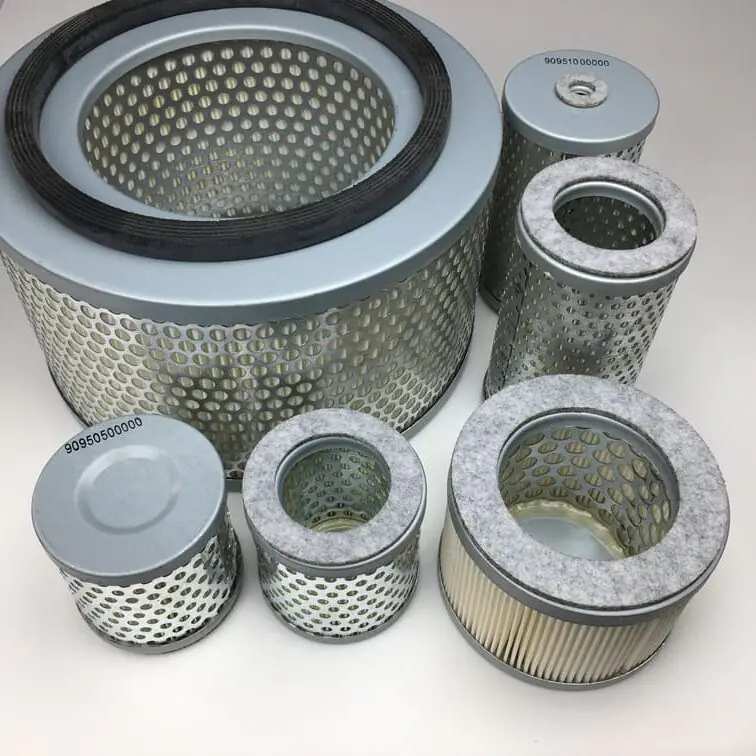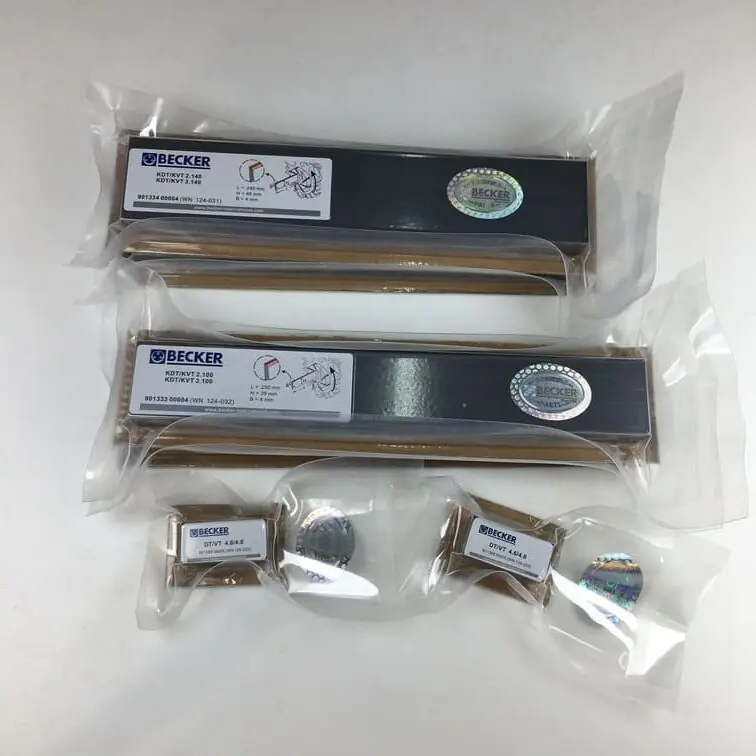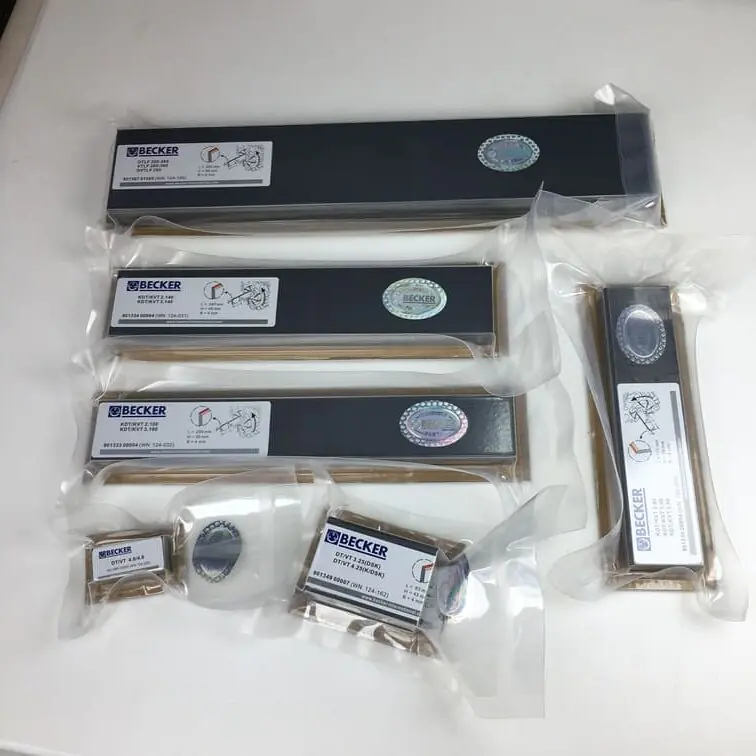How to Use a Vacuum Pump to Recover Refrigerant: A Comprehensive Guide
Recovering refrigerant is a crucial process in HVAC system maintenance and repair. Understanding how to use a vacuum pump effectively ensures the longevity of your equipment and the safety of the environment. In this comprehensive guide, we’ll walk you through the steps and best practices for using a vacuum pump to recover refrigerant.
Understanding Refrigerant Recovery
Refrigerant recovery involves removing refrigerant from a cooling system and storing it for future use or proper disposal. This process is essential to prevent the release of harmful substances into the atmosphere, which can contribute to ozone depletion and global warming.
Why Is Refrigerant Recovery Important?
- Environmental Protection: Prevents harmful refrigerants from damaging the ozone layer.
- Regulatory Compliance: Meets legal requirements set by environmental agencies.
- Resource Conservation: Allows for the reuse of refrigerants, reducing waste.
The Role of Vacuum Pumps in Recovery
Vacuum pumps create a pressure difference, enabling the efficient extraction of refrigerants from HVAC systems. They are essential tools for technicians aiming to perform safe and effective recovery operations.
Preparing Your Vacuum Pump
Before starting the recovery process, it’s vital to ensure your vacuum pump is in optimal condition.
Selecting the Right Vacuum Pump
Choose a vacuum pump compatible with the type of refrigerant and the size of the system you’re servicing.
- Single-Stage Pumps: Suitable for basic applications.
- Two-Stage Pumps: Offer deeper vacuum levels for more demanding tasks.
Inspecting the Equipment
- Check Oil Levels: Ensure the pump oil is clean and at the appropriate level.
- Examine Hoses and Connections: Look for signs of wear or damage.
- Test the Pump: Run the pump briefly to confirm it’s functioning correctly.
Safety Precautions
Safety should always be your top priority when handling refrigerants.
Personal Protective Equipment (PPE)
- Gloves: Protects hands from cold burns and chemical exposure.
- Goggles: Shields eyes from splashes.
- Protective Clothing: Minimizes skin exposure to refrigerants.
Workspace Preparation
- Ventilation: Ensure the area is well-ventilated to prevent the buildup of gases.
- No Open Flames: Refrigerants can be flammable under certain conditions.
Setting Up the Recovery System
Proper setup is crucial for an efficient recovery process.
Connecting the Vacuum Pump
- Attach Hoses: Connect the hoses securely to prevent leaks.
- Use Appropriate Fittings: Ensure all fittings match the system requirements.
- Install a Filter: Helps remove contaminants during recovery.
System Isolation
- Close Service Valves: Isolate the section of the system you’re working on.
- Verify Isolation: Double-check that valves are closed to prevent cross-contamination.
Performing the Recovery Process
With everything set up, you can begin recovering the refrigerant.
Starting the Vacuum Pump
- Power On: Turn on the pump and allow it to reach operating speed.
- Open Valves Slowly: Prevent sudden pressure changes that could damage the system.
Monitoring Pressure Levels
- Use Gauges: Keep an eye on the pressure gauges to ensure safe operating levels.
- Adjust as Needed: Make minor adjustments to maintain optimal pressure.
Techniques for Efficient Recovery
Implementing the right techniques can make the recovery process more efficient.
Liquid Recovery
Recovering refrigerant in its liquid state is faster but requires careful handling.
- Use a Sight Glass: Helps monitor the flow of liquid refrigerant.
- Avoid Overfilling: Do not exceed the capacity of the recovery cylinder.
Vapor Recovery
Used when liquid recovery isn’t possible.
- Maximize Flow Rates: Keep hoses short and straight to improve flow.
- Monitor Temperatures: High ambient temperatures can affect recovery efficiency.
Post-Recovery Procedures
After recovering the refrigerant, certain steps ensure the process is complete and the system is safe.
Shutting Down the System
- Close Valves: Prevent air from entering the system.
- Turn Off the Pump: Shut down the vacuum pump safely.
- Disconnect Equipment: Remove hoses and fittings carefully.
Storing Recovered Refrigerant
- Use Approved Cylinders: Store refrigerant in DOT-approved containers.
- Label Containers: Clearly mark the type and quantity of refrigerant.
Troubleshooting Common Issues
Being prepared for common problems can save time and prevent damage.
Slow Recovery Rates
- Check Filters: Clogged filters can impede flow.
- Inspect Hoses: Look for kinks or blockages.
Vacuum Pump Overheating
- Allow Cooling: Give the pump time to cool down if it overheats.
- Check Oil Quality: Old or contaminated oil can cause overheating.
Maintaining Your Vacuum Pump
Regular maintenance extends the life of your equipment and ensures efficiency.
Oil Maintenance
- Regular Changes: Replace oil according to the manufacturer’s schedule.
- Use High-Quality Oil: Opt for oil designed for vacuum pumps.
Component Checks
- Inspect Seals and Gaskets: Replace if worn or damaged.
- Clean Filters: Prevent contaminants from entering the pump.
Environmental and Legal Considerations
Compliance with environmental regulations is mandatory.
Understanding Regulations
- EPA Guidelines: Familiarize yourself with the Environmental Protection Agency’s rules.
- Local Laws: Check for any additional local requirements.
Proper Disposal
- Recycle When Possible: Recovered refrigerant can often be recycled.
- Dispose Responsibly: Follow guidelines for disposing of unrecyclable refrigerants.
Best Practices for Technicians
Adhering to best practices ensures safety and efficiency.
Continuous Learning
- Stay Updated: Keep abreast of new technologies and regulations.
- Certification: Maintain necessary certifications and training.
Equipment Investment
- Quality Tools: Invest in reliable equipment for better results.
- Regular Upgrades: Replace outdated tools to keep up with industry standards.
Selecting Quality Replacement Parts
Using high-quality parts is essential for system longevity.
Carbon Vanes
Vital for the proper functioning of rotary vane vacuum pumps.
- Durability: High-quality carbon vanes last longer and improve efficiency.
- Compatibility: Ensure they match your pump model.
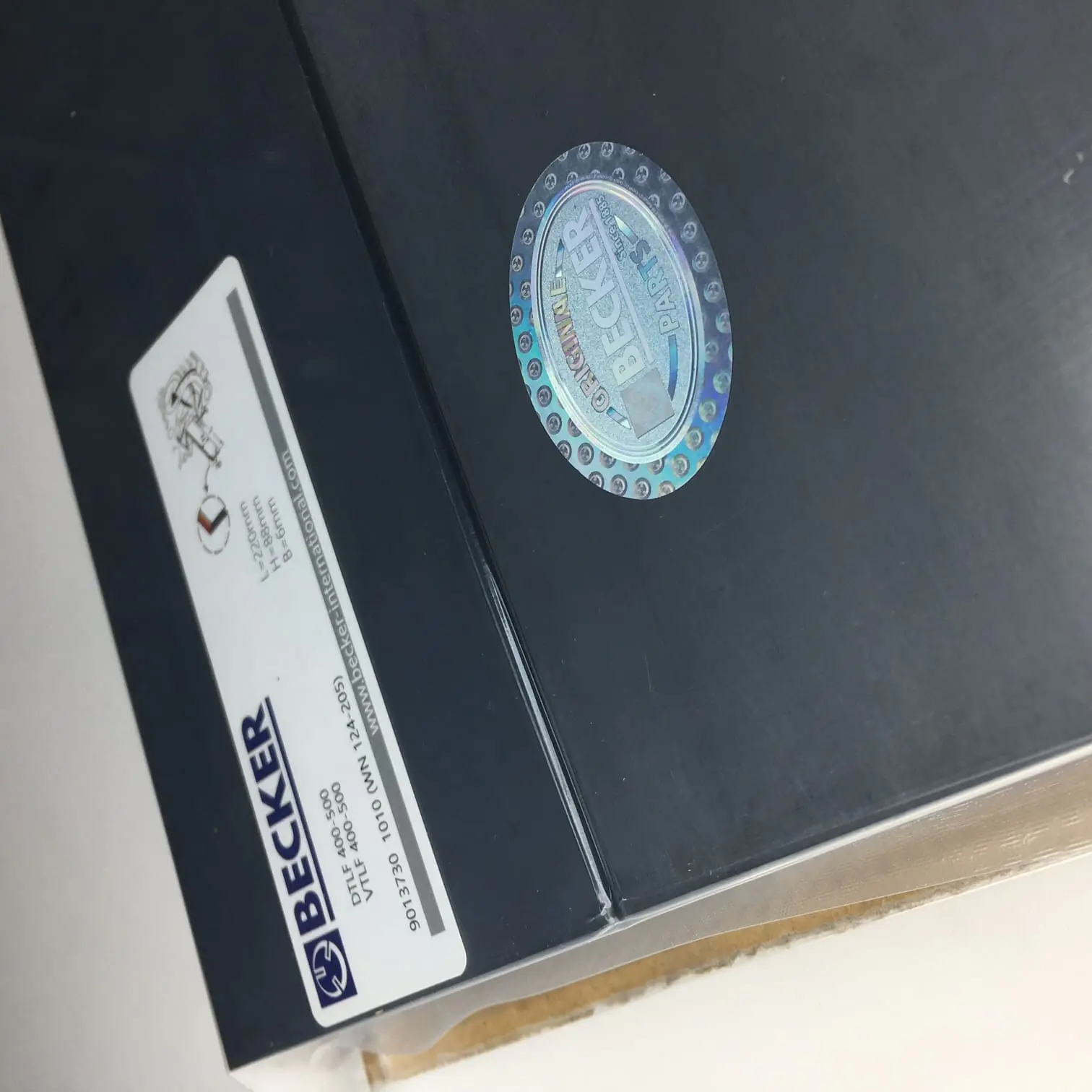
Filters
Keep your vacuum pump and HVAC system free from contaminants.
- Air Filters: Prevent debris from entering the system.
- Oil Filters: Maintain oil purity for oil-sealed pumps.
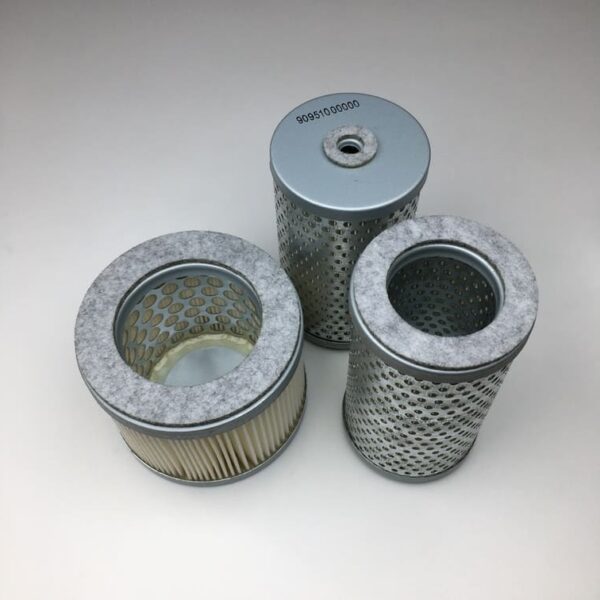
Vacuum Pump Spare Parts
Having spare parts on hand minimizes downtime during maintenance.
- Seals and Gaskets: Essential for preventing leaks.
- Hoses and Fittings: Replace worn components promptly.
Check out Vacuum Pump Spare Parts
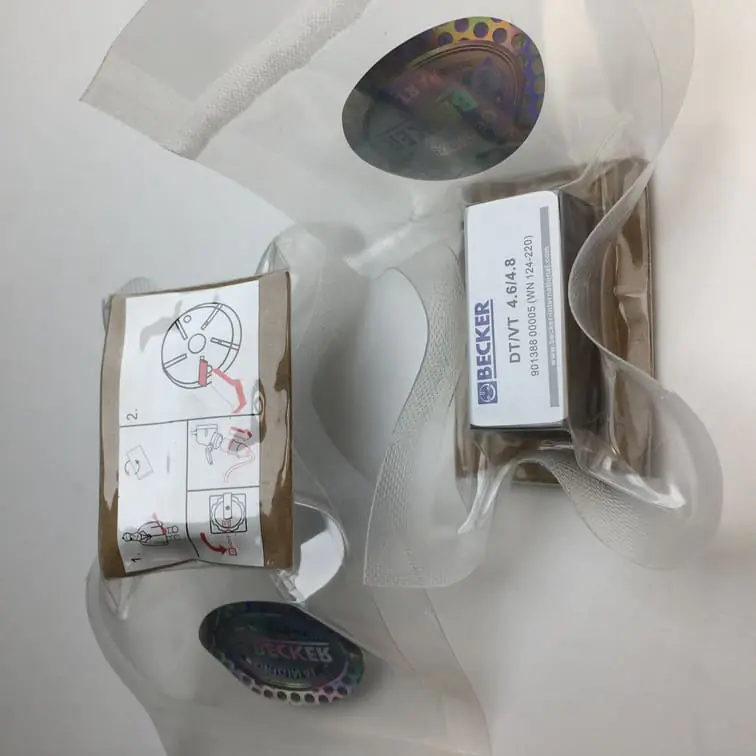
Enhancing Efficiency
Small adjustments can lead to significant improvements in recovery efficiency.
Use Short Hoses
Shorter hoses reduce resistance, improving flow rates.
- Direct Connections: Whenever possible, connect the pump directly to the system.
- Avoid Kinks: Ensure hoses are straight and free from bends.
Optimize Ambient Conditions
- Cool Environments: Cooler temperatures improve recovery efficiency.
- Shade Equipment: Protect your equipment from direct sunlight.
FAQs
1. Can I reuse recovered refrigerant?
Yes, you can reuse recovered refrigerant if it meets purity standards and is used in the same owner’s equipment.
2. How often should I change the oil in my vacuum pump?
It’s recommended to change the oil after every recovery session or as specified by the manufacturer.
3. Do I need certification to recover refrigerant?
Yes, technicians must hold an EPA Section 608 certification to handle refrigerants legally.
4. What should I do if my vacuum pump isn’t reaching the desired vacuum level?
Check for leaks, ensure all connections are secure, and verify that the pump oil is clean and at the proper level.
5. Is it necessary to use a filter drier during recovery?
Using a filter drier is advisable as it removes moisture and acids, protecting both the equipment and the refrigerant.
6. How do I dispose of unrecoverable refrigerant?
Unrecoverable refrigerant should be sent to a certified reclamation facility for proper disposal.
Conclusion
Using a vacuum pump to recover refrigerant is a responsible practice that protects the environment and ensures the efficiency of HVAC systems. By following the guidelines outlined in this guide, you can perform refrigerant recovery safely and effectively. Remember, the key to success lies in proper preparation, adherence to safety protocols, and ongoing maintenance of your equipment. Reach out to us for quality vacuum pump parts and expert advice to support your HVAC endeavors.

